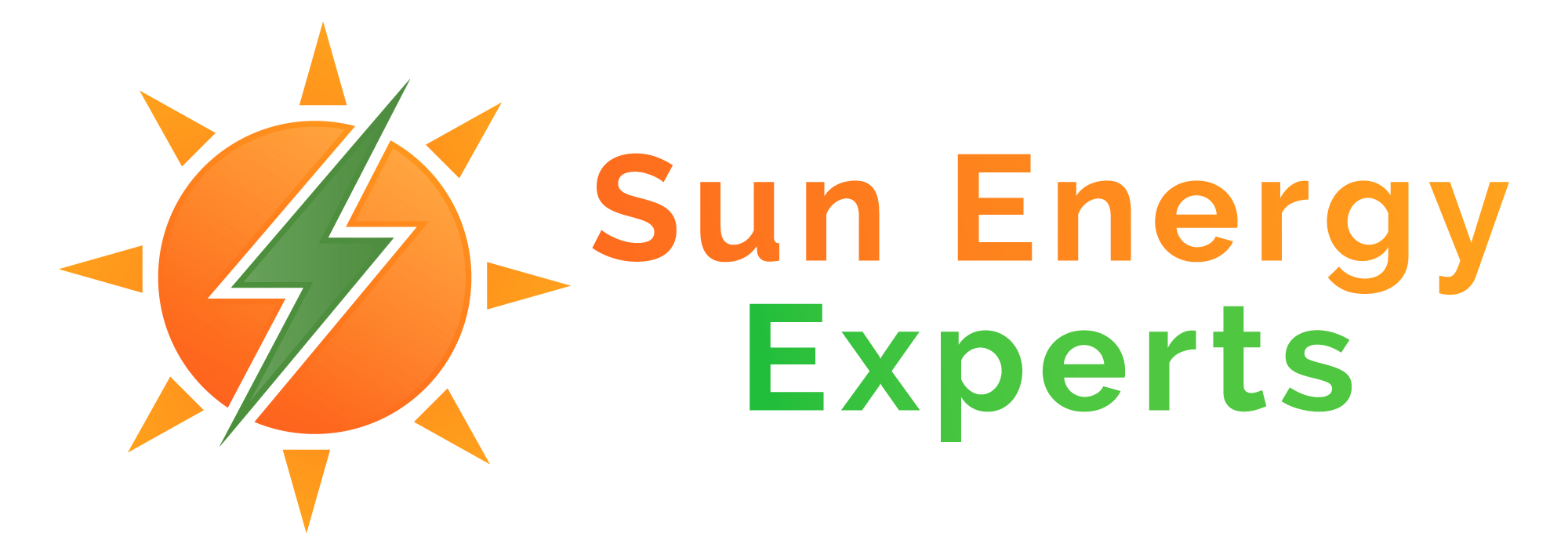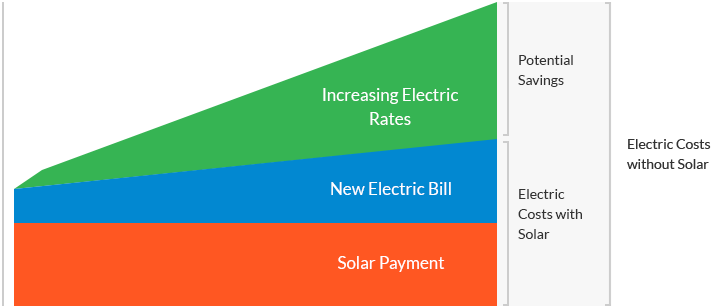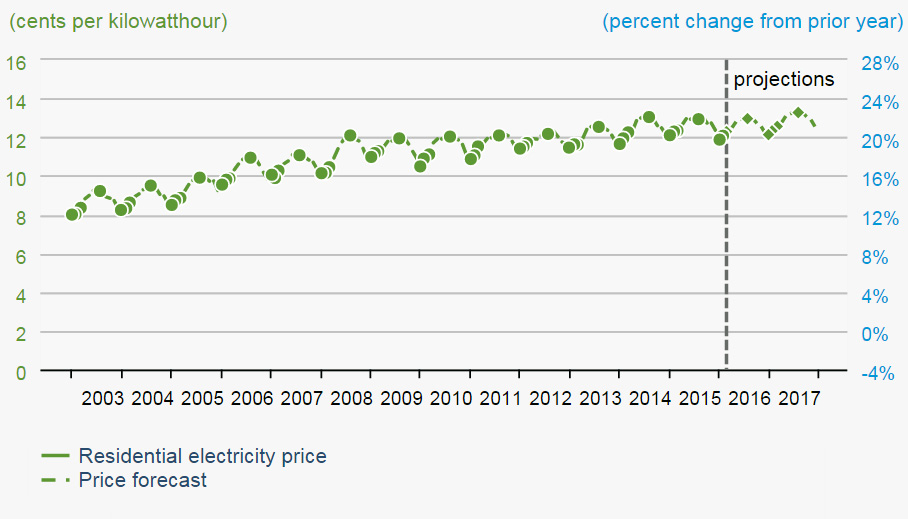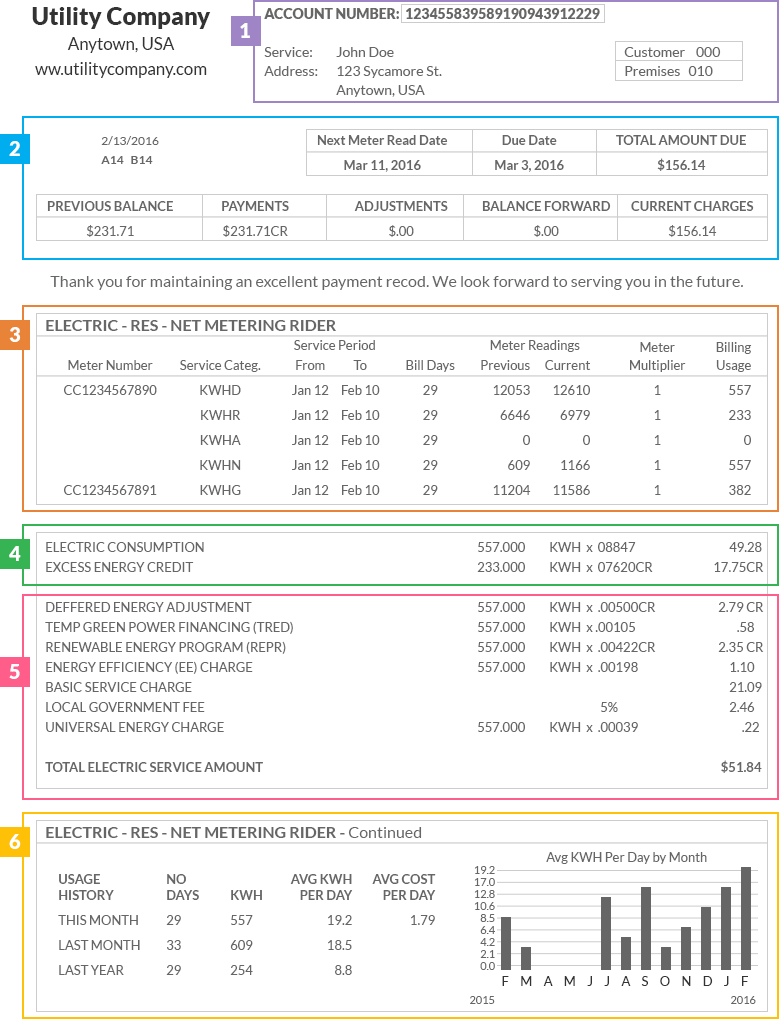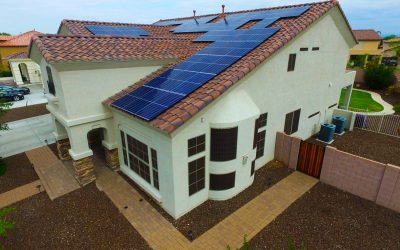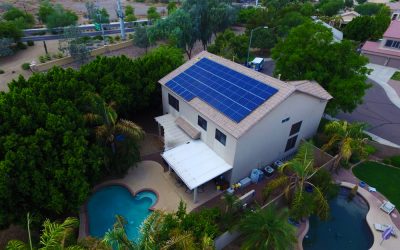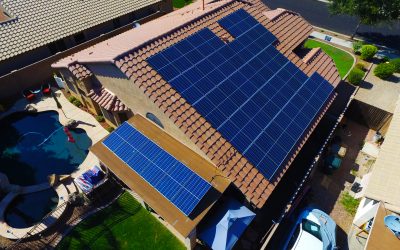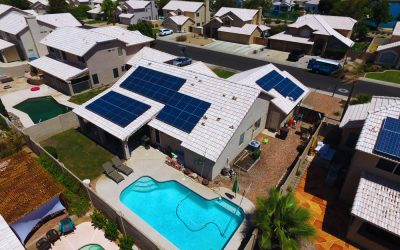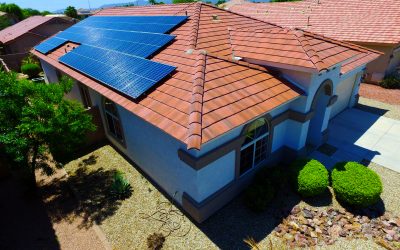SOLAR SAVINGS
Solar panel systems help you save money and protect against rising utility costs. On average, Sun Energy Experts solar shoppers achieve payback on their system in just seven and a half years, and they continue to save for the rest of their system’s 25+ year lifespan. However, your 20 year solar savings depend on where you live.
There are a few major factors that influence what you can save:
Electricity rates
If you live somewhere with high electricity rates compared to other regions, your solar energy savings will be higher thanks to avoided electricity costs.
Local financial incentives
If your state or local government offers cash rebates, tax credits or incentives such as SRECs, you’ll save even more.
Solar financing
There are three major solar financing options: cash purchases, solar loans, and solar leases/PPAs. Each option offers a different value proposition and long-term return.
Protection Against Rising Utility Rates
There’s a battle of sorts going on between the old utility guard, with their dependence on fossil fuels, and the new, sustainable energy upstarts. In this scheme, the established utilities can be characterized as Goliath to renewable energy’s David. And let’s not forget how that story turned out. The reality is that consumers in many states have suffered double-digit increases to their electricity bills over the last decade or so due to a variety of reasons including new federal regulations on emissions, rules on greenhouse gasses, renewable energy state mandates and fluctuating oil, coal and natural gas prices.
The combination of past increases in electricity costs and uncertainty of where those costs are headed has convinced many homeowners to take another look at investing in a home solar system. Here’s what they’re finding:
When it comes to electricity costs, solar energy offers a competitive and more price-predictable alternative to public utilities.
As mentioned, electricity prices have risen substantially over the last decade for those getting their power from a public utility. Not so, however, for consumers with solar systems on their homes. The main reason? Fixed costs. The nature of solar technology is that it requires a substantial upfront investment (purchase and installation of the system). After these initial costs, however, and notwithstanding some inevitable maintenance costs, the system produces electricity cost-free. In other words, solar system homeowners are not subject to the fluctuating costs of fossil fuels. Their fuel is the sun, whose energy is provided free-of-charge. The typical home solar system today has a 25 to 30 year lifespan, which means the cost of electricity over that period is highly stable and predictable, a huge plus when planning one’s financial future.
There’s money to be saved.
Just how much depends on location and regulations. Surprisingly, living in the Sunbelt doesn’t necessarily equate to the biggest savings. For example, a recent North Carolina State University study ranked New York City and Boston as first and second among the 50 largest U.S. cities for potential savings to residents installing solar power. Other cities in the top 20 include Washington D.C., San Francisco and Philadelphia. How much can a homeowner save with solar? First, consider the system cost. A 5 kilowatt system can run between $18,000 and $25,000 to purchase and install before incentives. However, rebates and tax credits bring the out-of-pocket cost to an average of just $14,000. Now, consider the savings illustrated in this example: Assuming a 5 percent annual increase in electricity prices from a utility company and a $1,200 current annual bill for electricity, a homeowner with a solar power system who draws 100 percent of his or her electricity from that system could enjoy utility bill savings of about $30,000 over the lifespan of the system’s solar panels. Applying simple math to these examples, then, indicates a result in a potential savings of as much as $16,000 over the system’s lifespan.
Increased Home Value
The news is in from a number of sources: Solar panels increase the value of a home. A report from the National Bureau of Economic Research, sampling homes in the San Diego and Sacramento, California areas, noted that solar panels added 3.6 percent to the sales price of a home. A more recent study conducted by the Lawrence Berkeley National Laboratory found the following:
Home buyers consistently have been willing to pay more for a property with PV across a variety of states, housing and PV markets, and home types. Average market premiums across the full sample of homes analyzed here are about $4/W or $15,000 for an average-sized 3.6-kW PV system.
See the Solar Savings: Reading Your Utility Bill
A run-of-the-mill monthly energy bill can be confusing enough. Add net metering to it and things can get complicated very quickly. It’s important, however, for solar system homeowners to understand just exactly how their energy costs are calculated and what they are saving. While billing formats vary from utility to utility, there are number of basic components all electricity bills should have in common:
1. Basic Account Info
This is where you will find the account number, account holder’s name, address and other personal information.
2. Account Summary
Most bills will provide a quick account summary at or near the top. Typical information here includes the previous month’s balance and payment, and the current month’s unpaid balance (i.e., the amount owed on this bill) and its due date, as well as the meter reading date.
3. Kilowatt Hour Use/Production
This is the section that breaks down the total amount of electricity used by the account holder for the current month. This is normally shown in kilowatt hours (kWh) and includes the following:
a. (KWHD) Kilowatt hours used by the account holder taken from the utility;
b. (KWHR) Kilowatt hours produced by the consumer and added to the utility’s grid;
4. Current Billing Charges/Credits
Here is the calculation of how much the account holder owes for electricity taken from the grid and how much is credited for electricity put back on the grid.
5. Non-Energy Related Charges
This section provides a detailed summary of charges not directly related to the amount of energy used/produced during the billing period. The types of charges in this section will vary by utility and jurisdiction, but often include taxes, fees related to delivery and grid maintenance, as well as additional minimum service and other miscellaneous charges.
6. Usage History
Many utilities provide this section to show the consumer his or her electricity use for the year-to-date.
YOUR POWER. YOUR FREEDOM.
Lower your carbon footprint, help our environment, and
save money on your energy costs. Any or all of these maybe good reasons for solar, but the choices are yours, and they are very personal. Take control of your energy resources with your own, personal solar energy system.
